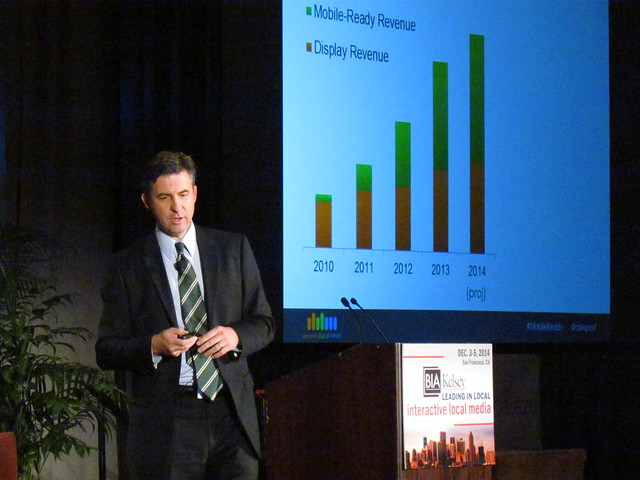
Following yesterday’s video post on Deseret Digital Media’s (DDM) stance on separating new media from old, it’s time now to drill down on the “how.” (video below)
As a brief recap, media companies that launch digital products under entirely new divisions can benefit from nimbleness and growth that isn’t saddled with an innovator’s dilemma. As discussed yesterday, this church & state separation happens on many levels, such as sales and product development.
For the latter, Deseret has developed products that natively make sense for mobile, rather than shoving desktop formats on a smaller screen. As we’ve seen, desktop ad formats don’t monetize as well in mobile, which has been the biggest reason I’ve observed for publisher and advertiser reticence with mobile.
So the answer — as we’ve espoused in the past — is to work with entirely new formats that not only make sense for mobile’s unique form factor, but actually utilize it’s unique variables to create higher performing ads. Those performance deltas lead to premiums, thus counteracting the monetization dilemma.
Those formats and strategies can involve things such as location targeting and calls to action to capture high-intent mobile actions (like calling a business). But as DDM’s Christopher Lee demonstrates in clear economic terms, it’s also about abandoning traditional formats — like display — altogether.
He names lots of examples of what DDM calls “mobile ready” revenue, then zeros in on native advertising such as sponsored articles. This has traditionally been snubbed in news and journalism contexts but makes more sense in the smartphone era, he argues. The 10 minute highlight reel is below.

This Post Has 0 Comments